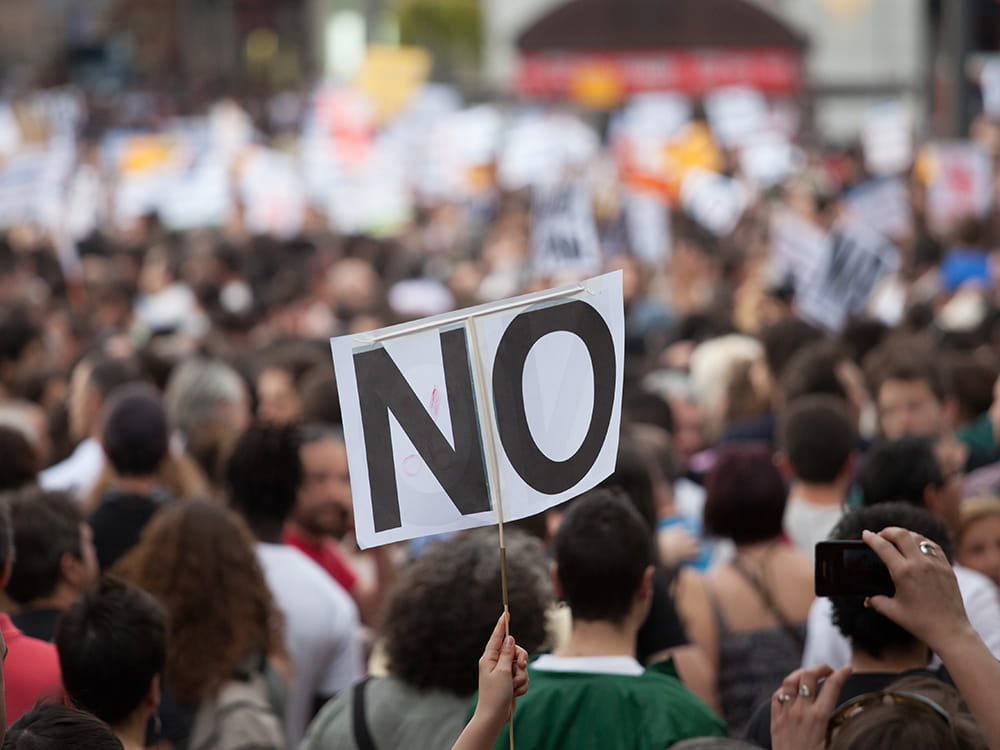The 6-3 ruling should speed federal efforts to connect every American classroom to the internet. The decision also is sure to be cited as a big victory for proponents of using public money for tuition aid to families who send their children to religious schools.
Politically charged legal fights over tuition vouchers are being waged in numerous lower courts.
In splintered voting, the justices amassed the votes of a majority of the court to overturn two 1970s Supreme Court decisions banning provisions of many materials to parochial schools. More recent rulings already had blunted the effect of those decisions.
Resolving a 15-year-old dispute from Louisiana, the justices upheld the federal Elementary and Secondary Education Act of 1965.
The law gives public school districts money for special services and instructional equipment and requires them to share the equipment in a "secular, neutral and nonideological" way with students enrolled in private schools within the district's boundaries.
More than 70% of the students who benefit from the 35-year-old federal program attend public schools; most of the rest attend religiously affiliated schools. In Jefferson Parish, La., 41 of 46 private schools participating in the federal program are religious.
Overall, the federal government provides about 7% of the money states spend on education, although the percentage is significantly higher in poorer states.
A federal appeals court, ruling in the Jefferson Parish case, struck down the flow of federal aid to parochial schools after concluding that providing educational materials other than textbooks violates the First Amendment's ban on "an establishment of religion."
Three parish taxpayers had sued federal, state, and local officials in 1985, when the case focused more on slide projectors, not computers. Parents of children in religiously affiliated schools intervened in the case to defend the program, later joining forces with the Clinton administration.
In striking down the federal program, the 5th U.S. Circuit Court of Appeals relied heavily on the two 1970s Supreme Court rulings. Today, the justices said the appeals court was wrong.
"To the extent that [those two rulings] conflict with this holding, we overrule them," Justice Clarence Thomas wrote in the court's main opinion. Thomas was joined by Chief Justice William H. Rehnquist and Justices Antonin Scalia and Anthony M. Kennedy in an extraordinarily sweeping opinion that would allow almost any government aid to religious schools.
But Justices Sandra Day O'Connor and Stephen G. Breyer--who supplied the critical votes to reach a majority on the nine-member court--refused to go that far. In an opinion by O'Connor, they called the Thomas opinion's "expansive scope...troubling."
Justices David H. Souter, John Paul Stevens, and Ruth Bader Ginsburg dissented.
O'Connor wrote that the aid at issue "is allocated on the basis of neutral, secular criteria; the aid must be supplementary and cannot supplant non-federal funds; no Chapter 2 funds ever reach the coffers of religious schools; the aid must be secular; any evidence of actual diversion is [minimal]; and the program includes adequate safeguards."
She added: "Regardless of whether these factors are constitutional requirements, they are surely sufficient to find that the program at issue here does not have the impermissible effect of advancing religion."
The federal budget for fiscal year 2000 provides $425 million for states and public school districts to buy computer hardware and educational software. The funding is aimed at moving closer to the Clinton administration's goal of connecting every American classroom, both in public and private schools, to the internet.
The case is Mitchell vs. Helms, 98-1648.

